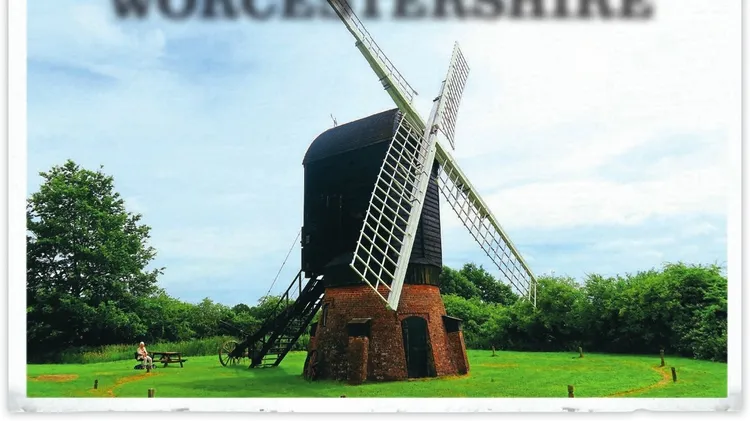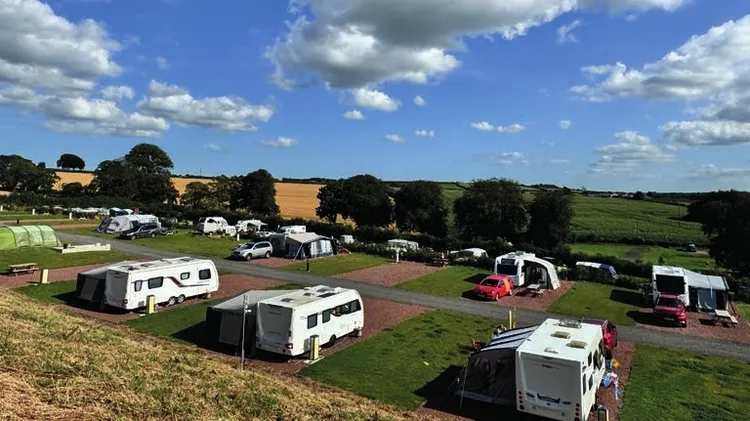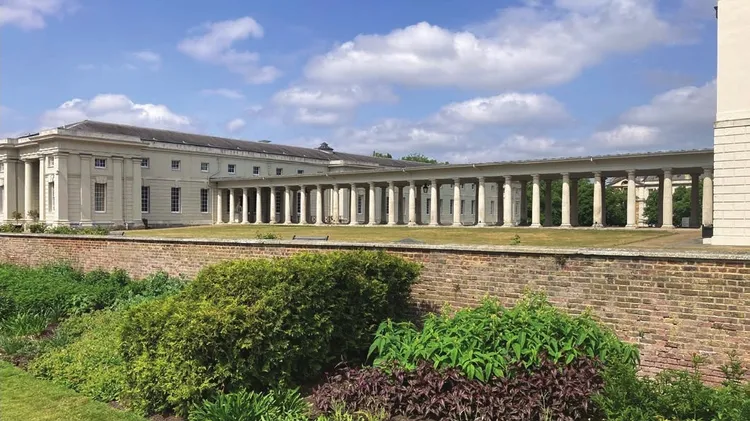There’s more to the south coast than cream teas and coast! Victor
Taking the... exeter exit
7 min read
This article is from...
Read this article and 8000+ more magazines and newspapers on Readly






